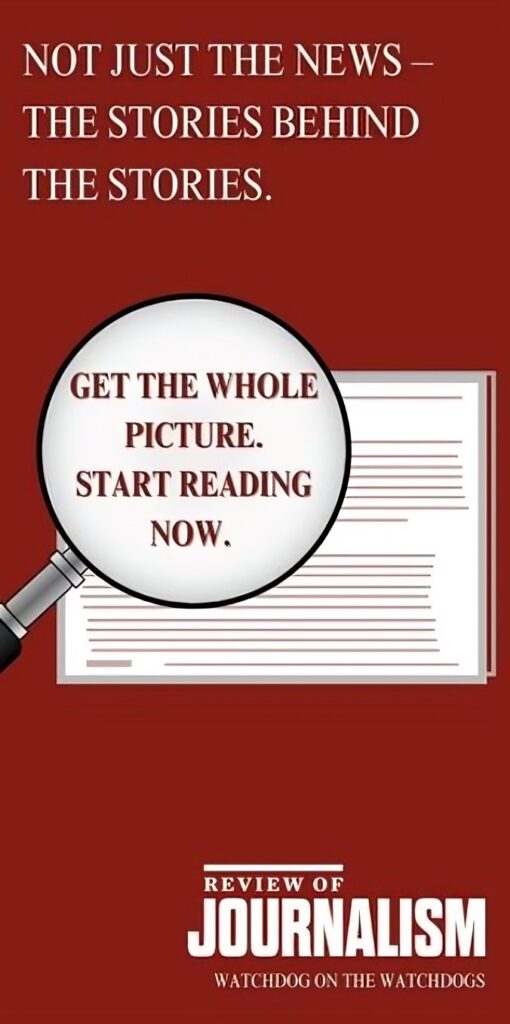I have never really been hoaxed. At least, I don’t think so. I suppose there was Santa Claus and the Tooth Fairy. And there was the time when my grade 6 teacher told us he had won the lottery and would split his winnings with us. He let that doozy ferment in our ten-year-old brains over morning prayers and “O Canada,” before reminding us it was April 1. More recently, there was the alleged Jussie Smollett assault, a saga I half-heartedly followed on the evening news as my partner and I chopped vegetables. Ditto the Balloon Boy. And, admittedly, I once retweeted a hard-to-believe but credible-seeming Esquire article about an ultra-exclusive restaurant that uses human breast milk in its signature custard. Alas, victim to another April Fool’s prank.
But none of this resembles what Heather Jessup probes in This Is Not a Hoax. Neither Santa nor the Balloon Boy shifted my compass significantly or “woke” me up in any grand, epistemological sense. For me...
Chris Hampton has written for the Globe and Mail, the Toronto Star, and the New York Times, among others.

